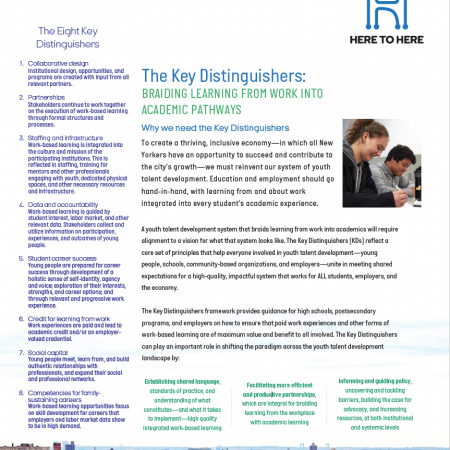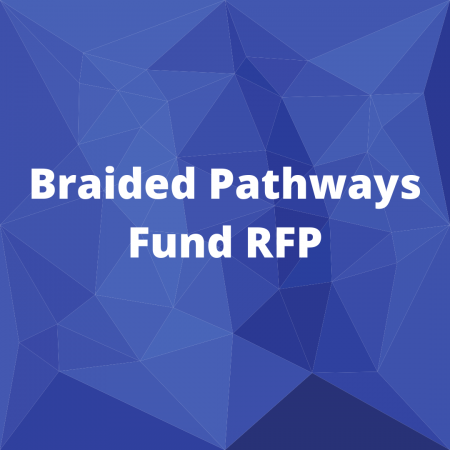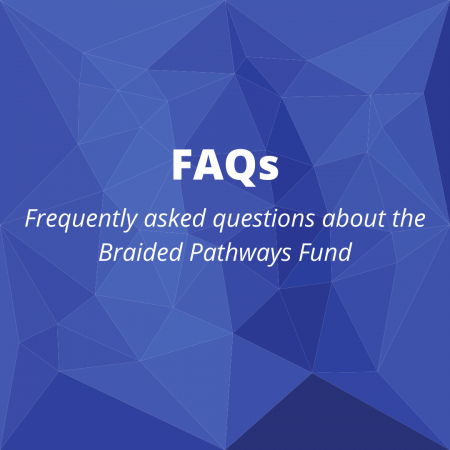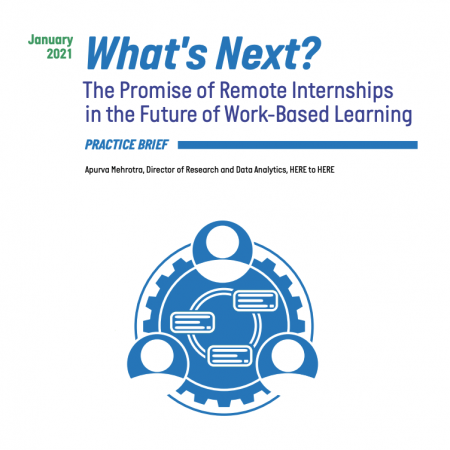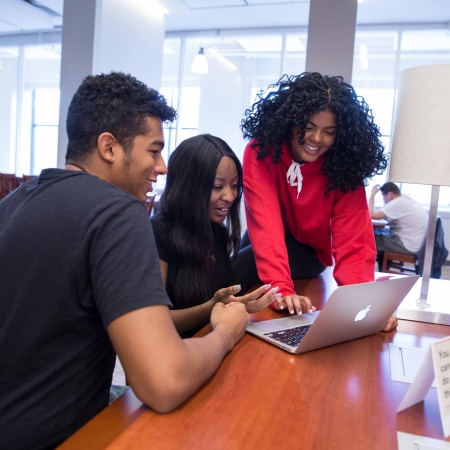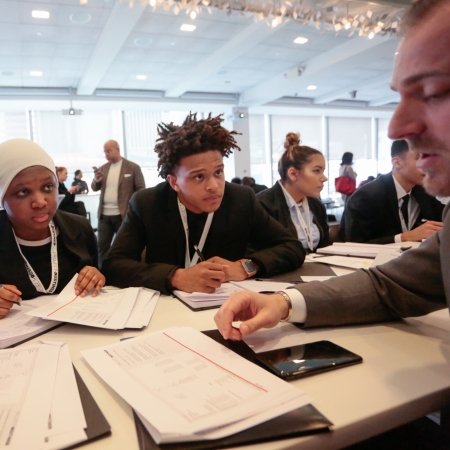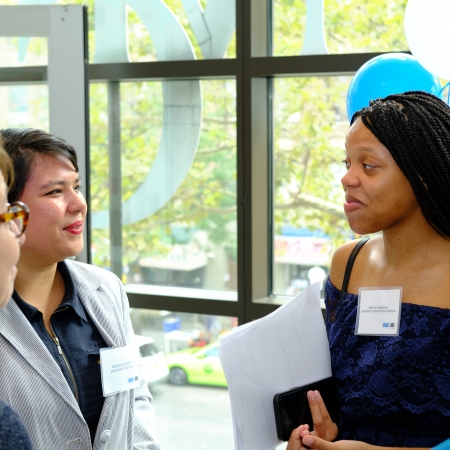HERE to HERE—with support from the Bill and Melinda Gates Foundation and the Deutsche Bank Americas Foundation—released a Request for Proposals (RFP) in July 2021. The Braided Pathways Fund seeks to make 10-20 grants of up to $50,000 each to New York City public high schools, CUNY institutions and their CBO partners that are committed to braiding work-based learning into students’ academic experiences using the Key Distinguishers.
The Key Distinguishers provide guidance and examples of how to achieve the goals of the New York City Center for Youth Employment’s CareerReadyNYC framework. Created in collaboration with partners across educational and employer settings—including the Key Distinguishers Task Force, a group of more than 70 practitioners who co-developed and pressure tested the Key Distinguishers 1.0—the Key Distinguishers have the potential to transform the way the youth talent development system functions by providing a framework of guiding principles and practices for high-quality, work-based learning that is integrated into academics. The framework is intended to help everyone along the youth talent development spectrum describe, understand the importance of, and meet shared expectations for high-quality, impactful work-based learning experiences.
We are thrilled to have awarded 15 grants to 11 New York City public high schools, 4 CUNY institutions and their CBO partners, all committed to braiding work-based learning into students’ academic experiences, in alignment with the Key Distinguishers framework. In addition to cash awards, HERE to HERE will support a Community of Practice, and provide technical assistance to support participants’ efforts. Together we’ll produce new case studies, playbooks, and research to highlight best practice and needed policy supports for integrated work-based learning across NYC.
The Braided Pathways Fund is an opportunity to promote best practices by practitioners, prioritize student career success, demonstrate and elevate exemplars in braided pathways, and mobilize champions in coalescing around a set of criteria to guide effective engagement in work-based learning.
The list of grantees include:
- Comprehensive Youth Development and Innovation Diploma Plus
- Emerging Leaders Program for their work with a portfolio of Bronx High Schools
- Futures and Options and Central Park East HS
- Health, Education, and Research Occupations High School
- Brooklyn South High School Superintendency
- Hyde Leadership Charter School
- James Baldwin School
- LaGuardia Community College, CUNY
- NYC Makerspace, in partnership with City College of New York and Duro UAS
- Reel Works and Hostos Community College
- South Brooklyn Community High School
- The City University of New York, College of Staten Island
- The Door and Broome Street Academy Charter High School
- The Laboratory School of Finance and Technology and Areté Education, Inc.
- The Urban Assembly Charter High School for Computer Science
The awards also mark the formation of a Community of Practice, a learning opportunity targeted to NYC-based high schools, CUNY institutions, and CBOs that would benefit from learning and sharing strategies to improve and expand work-based learning opportunities to benefit more students and employers. Members of the Community of Practice will include the 15 grantees, plus up to ten additional applicants, with a nominal honorarium in recognition of their participation. The Community of Practice will offer members the opportunity to learn with their peers, share and highlight their own approaches, improve their practices, receive coaching from H2H staff and experienced members, and design solutions to shared challenges facing the youth talent development field.

